Vasya, Piotrek hi!
According to the original Finnish manual of this plane, these underwing fuel tanks had a capacity of 150l each, meaning that together they doubled the fuel capacity of the aircraft (the built in fuel tank contained 300l fuel weighing 222kg)
BTW the manual indicates that the plane carried also 36 liters motor oil (weighing 33kg) and could also carry bombs instead of the external fuel tanks.
The maximal bomb load was 2x100kg
If bombs under 50kg were to be carried, it was possible to install, instead of these bomb racks, a "grill" (the Finnish equivalent to the British light bombs carriers), generally for up to 6 small bombs (8, 12.5 or 15kg).
Other data from the manual:
Real speed (True speed) 400km/h at 2000m, corresponding to a reading (apparent speed) of 370 km/h
Cruising speed 380 km/h giving a range of 500km at this speed
After 10-15 minutes of combat, the aircraft still can fly at 350 km/h
Climbing speed (maximal) 8.3 m/s (= "30 km/h" in the manual)
Max speed when flaps are deployed: 240 km/h
Max speed when landing gear is down: 250 km/h
Max speed with external fuel tanks: 500km/h (see below max speeds in clean configuration)
Max dive speed 650 km/h (with a corresponding maximum engine speed 3060 rpm )
Absolute ceiling 9800m
Practical ceiling 9500m
Engine: Pratt & Whittney Twin Wasp SC3-G
Normal Power
910hp at 2500 rpm giving a true speed of 520 km/h at 4300m (corrrepsonding on the cockpit speedometer to an apparent speed 406 km/h)
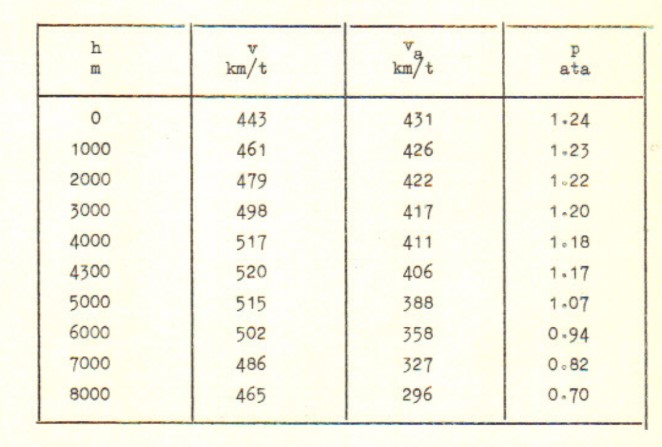
Max Power
1065 hp at 2700 rpm for 5 minutes at altitude 3400m, enabling to reach 535 km/h (true speed ) (equivalent to a speedometer reading of 439 km/h apparent speed)
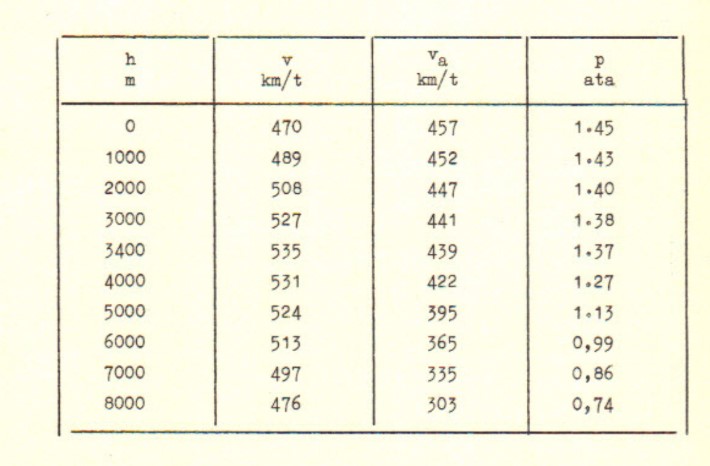
Cruising speed at 2050 rpm, with a fuel consumption of 195 l/h
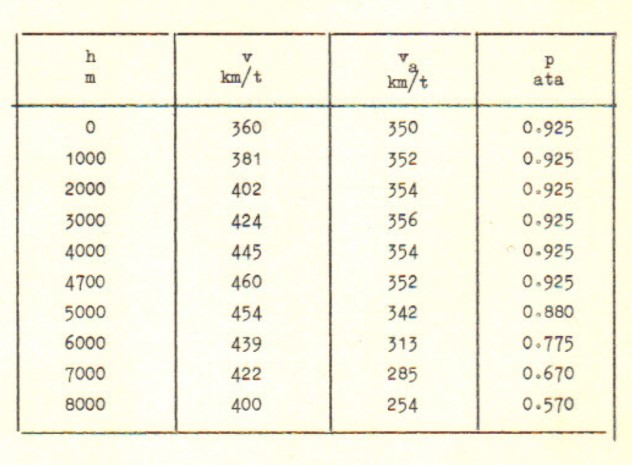
Climbing is usually done at at 2250 rpm with a fuel consumption of 215 l/h
but it can also be done at nominal power (2550 rpm) with teh following data (in function of overall loading weight of the plane)
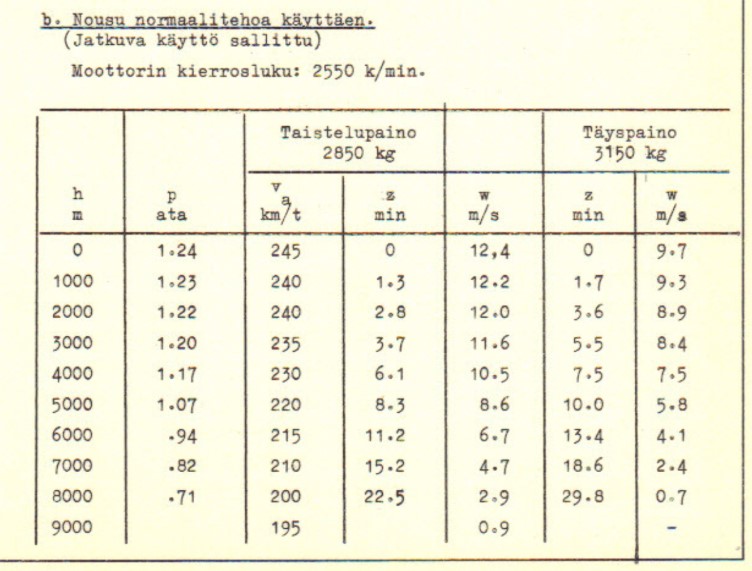
In case of emergency for 5 minutes climbing can be done at maximal power
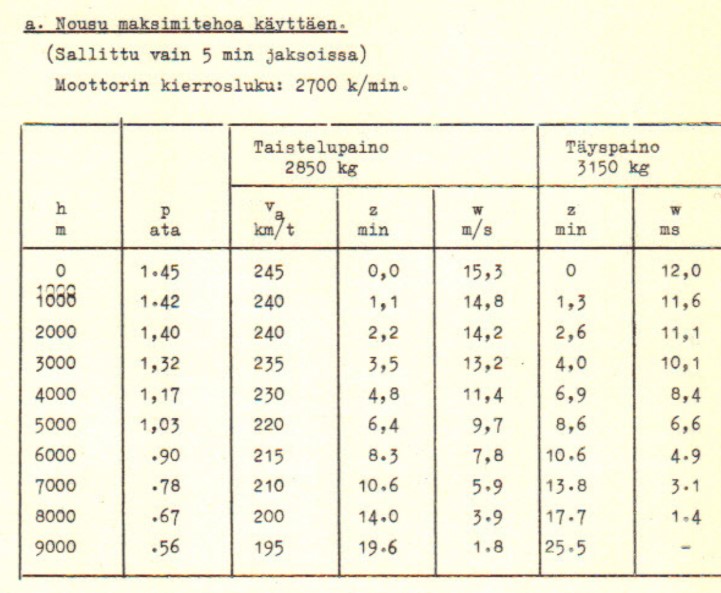
 Author
Topic: VL Myrsky II (Read 27890 times)
Author
Topic: VL Myrsky II (Read 27890 times)


